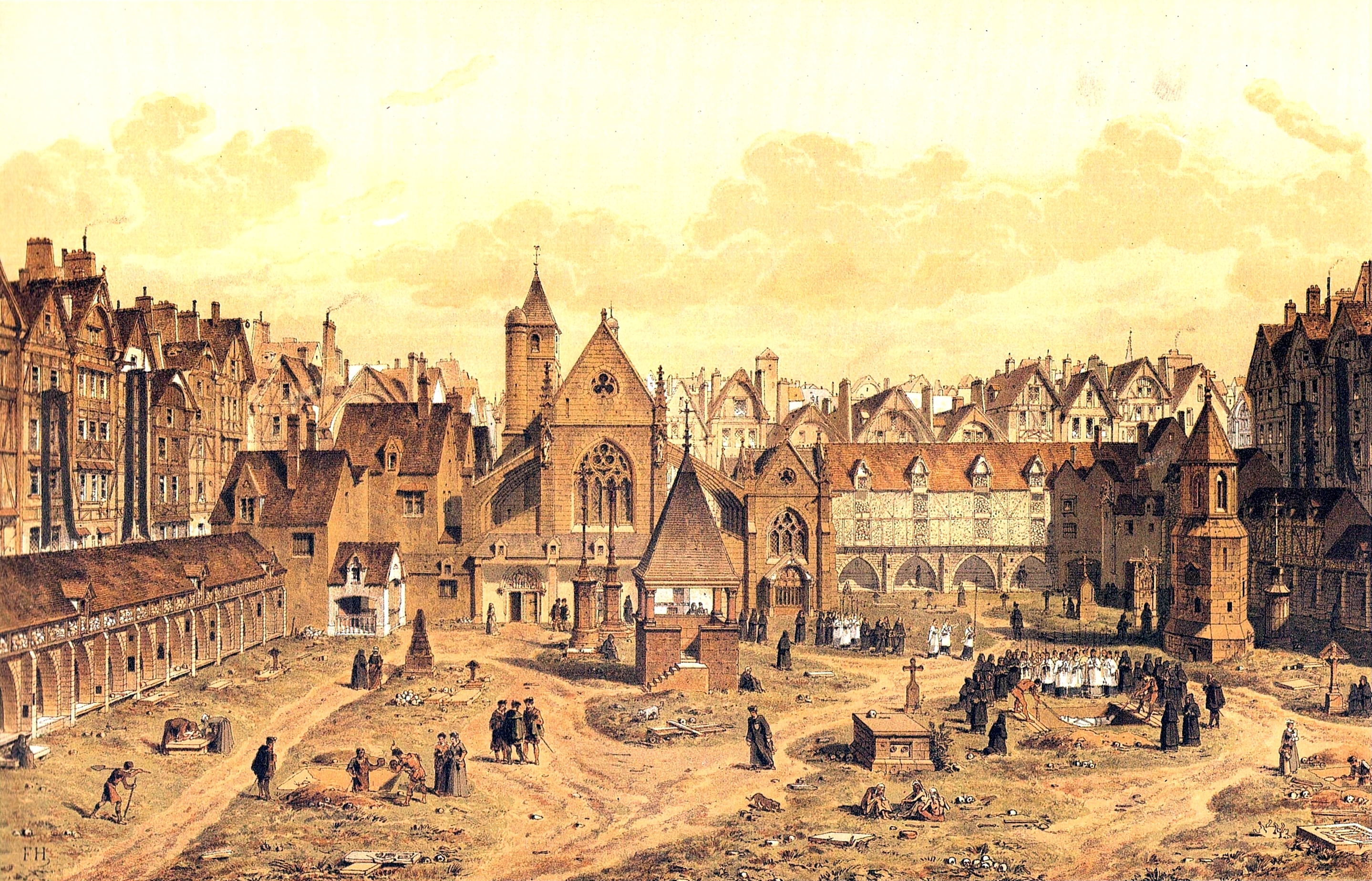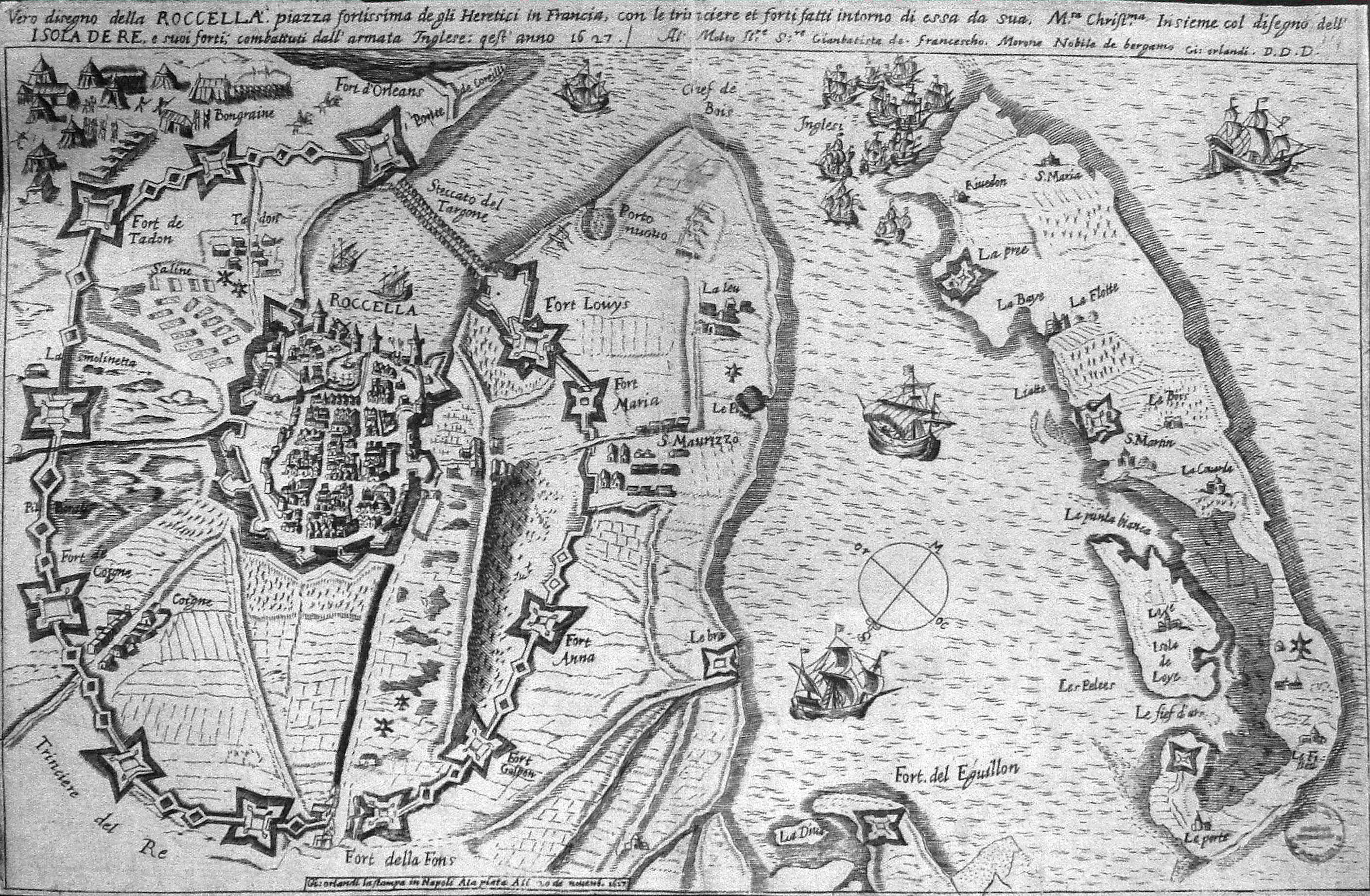Tales of the Grotesque and Dungeonesque recently had an interesting post outlining a quick and collaborative method for city design for RPGs. For what should be obvious reasons, I wouldn't use this in my current H+I historical fiction campaign. But since very few GMs seem to run campaigns based on historical settings (Call of Cthulhu being probably the biggest exception to that rule) the method should have broad acceptability. For myself where I think it would work really well would be in my science fictional campaign settings. I've run two Sci-Fi settings. The first setting was Star Trek where we had a shared universe setting with most games run by one of two alternating GMs. The game was set in the gap between TOE and TNG. (For those of you who are not up on Trek jargon and devoid of an internet connection that's the old show or the original show and The Next Generation). The second setting was Star Wars starting before the first movie (by which I mean Episode IV: A New Hope) and ending sometime before the second movie, The Empire Strikes Back. I ran four campaigns in that setting. One of which had the same co-GM as for our Star Trek games and for three of which I was the only GM. And to complicate things just a bit (because anyone who knows my GM style probably recognizes my over fondness for complexity) three of the Star Wars campaigns had a few crossover adventures. Come to think of it there was also a crossover between our Star Trek campaign and the future for one of the Star Wars campaigns. Also there was a cross over between our Star Trek campaign and a dark alternate future of one of my Call of Cthulhu campaigns, but since none of the crossovers are especially relevant to my original point....which by now everyone except me probably has forgotten.
So just to remind you of the question, when is a quick and collaborative method for city design useful?
Answer: For me that method would work really well for the sort of mostly episodic, wide ranging, fairly open settings of the sci-fi campaigns that I like to run and have run. Wide ranging, episodic settings often require, even demand, at least the occasional dose of the planet-of-the-week. By which I mean a more-or-less one-off location that serves as a central focus for a session (or a few sessions) after which the PCs fly off to either their home base or to their next scene of adventure probably never to return.
The same sort of location works really well for the sort of episodic fantasy campaign that a lot of people run or that one sees in classic Swords & Sorcery fantasy like Howard's Conan or Leiber's Fafhrd and the Gray Mouser stories. Any setting where a location can be treated as more or less disconnected from other locations in a setting is appropriate for fast, collaborative design. (Whether one wants or does not want player collaboration in setting design is a separate issue which I don't plan on discussing here.)
The process that TotGaD suggests is...
The Neighborhood Game
I'll quote TotGaD below. Quoted text appears bolded and in green. My editorial comments will be in [normal text] set in brackets.
- Make this part of the character generation: go around the table, asking each player one of the thirteen questions below in turn. [Obviously if you existing characters this doesn't apply. Instead must make this part of the current session or (my preference) arrange a separate session for this collaborative activity.]
- Write down their answers.
- Keep at it until each of the thirteen question has been answered.
- Riff on the answers given, making changes to suit the game world if necessary. [Obviously for an existing setting the changes can't be too wide ranging or broad in scope.]
- Now you have a neighborhood that is fleshed-out for the kind of things that are likely to come up in play. You're ready to go.
Alternatively, post the thirteen questions below on your blog or the social media of your choice and let people answer. I posted them on G+ and got other people to do the heavy lifting. Bask in the feeling that you are Tom Sawyer as others whitewash your fence.
(Note: with a little tweaking these questions can also get you a decent town or village [or planet] if you aren't running an urban setting.)
The Thirteen Questions
- Tell me about a church, temple, ashram, etc. in this neighborhood [For a lot of sci-fi settings substitute planet for "neighborhood" in each question. Also for some sci-fi settings a religious location may not fit. But one thing that often is necessary is a star port or at least a landing field. So either make that an optional answer to either question #1, #3, #10, or add in a question "14. Tell me about the star port on this planet."]
- Tell me about a shop that sells standard equipment and one of the shopkeeper's quirks
- Tell me about someone who sells something illicit in this neighborhood
- Tell me about a powerful wizard, sorcerer, or warlock in this neighborhood [For a sci-fi setting substitute superpowerful being, ancient lost technology, or Force user as appropriate.]
- Tell me about a feared warrior who lives in this neighborhood
- Tell me about someone who is wealthy in this neighborhood
- Tell me about someone you can go to for help in this neighborhood
- Tell me about someone you can go to for information in this neighborhood
- Tell me about a gang or criminal organization operating in this neighborhood
- Tell me about a pub, club, cabaret, gymnasium, bathhouse, etc. where adventurers hang out
- Tell me about an ongoing problem in this neighborhood
- Tell me about a popular form of entertainment or a popular entertainer in this neighborhood
- Tell me about a food or drink that is popular in this neighborhood
[14. Tell me about the star port on this planet. ]














